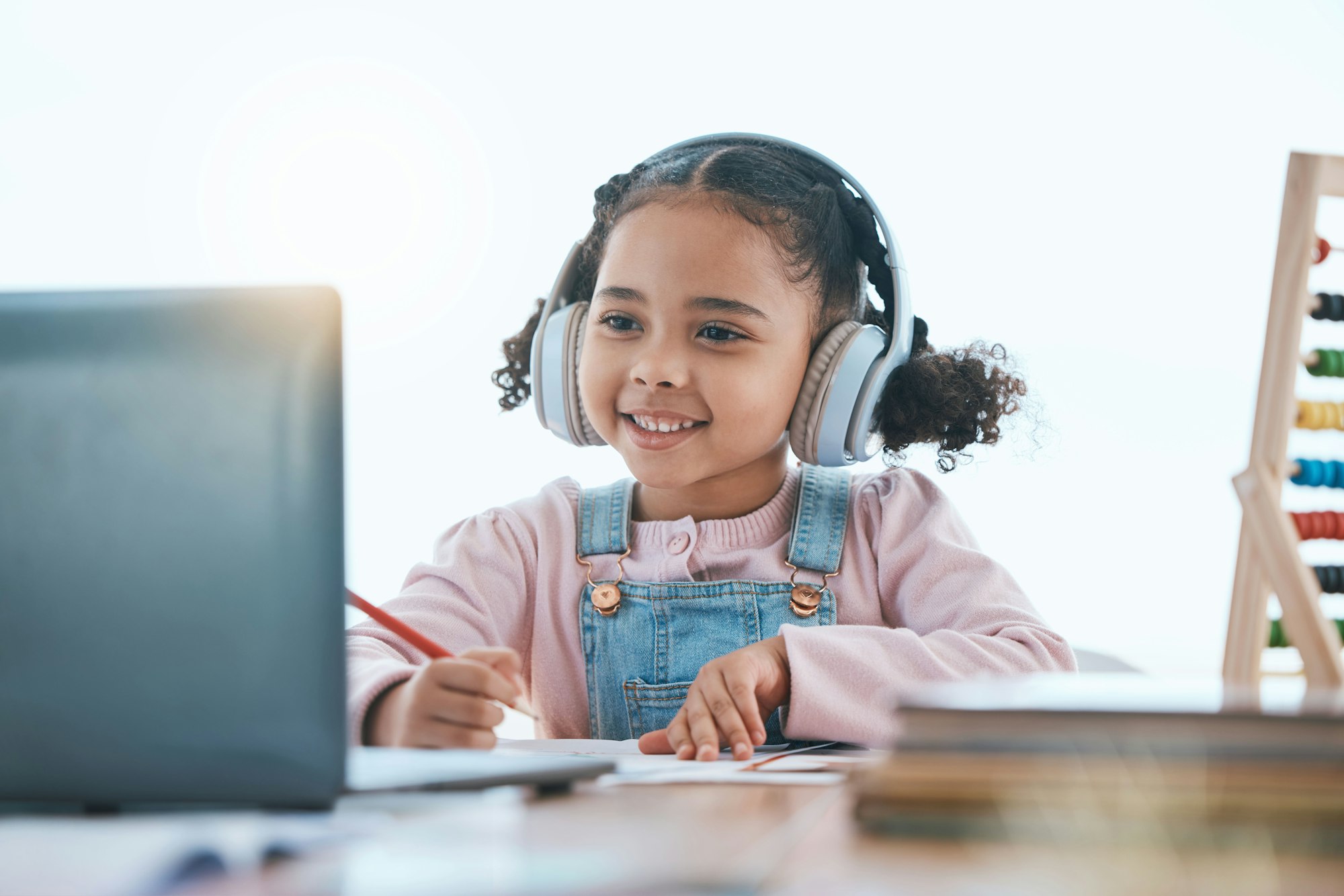- 27 March, 2024
- by Ava
- in Holistic Health
- No comments yet
Child Language
Add Your Heading Text Here
Exploring the intricate journey of “Child Language” development, this article delves into the fascinating process through which children learn to communicate from infancy through early childhood. Understanding child language acquisition not only enlightens parents and educators about the milestones of language development but also emphasizes the role of holistic wellness in nurturing effective communication skills in children.
Unveiling the Mystery of Child Language Development
Child Language development is a comprehensive process encompassing the acquisition of the ability to understand, speak, read, and write. This journey from babbling in infancy to mastering the complex structures of language is influenced by a myriad of factors including genetics, environment, and social interactions.
The Significance of Child Language in Holistic Wellness
The development of language skills is crucial for a child’s overall growth, affecting cognitive development, social interaction, and emotional expression. Holistic wellness advocates for a supportive environment that nurtures all aspects of a child’s growth, including language, to promote their well-being and potential.
Understanding the Stages of Language Development
Child Language development can be observed through several key stages, starting with cooing and babbling, followed by the emergence of first words, and eventually the construction of sentences. Each stage marks a significant leap in cognitive and social abilities, showcasing the child’s growing understanding of the world.
Benefits of Nurturing Child Language
Encouraging language development from an early age has numerous benefits:
- Enhances cognitive abilities and academic readiness.
- Promotes emotional health by enabling children to express their feelings and needs.
- Strengthens social bonds and empathy through effective communication.
Engaging with a Child Language Specialist
For children facing challenges in language development, working with speech-language pathologists or child language specialists can provide tailored support. These practitioners assess individual needs, offer strategies for improvement, and guide parents on how to create a language-rich environment.
Complementary Approaches to Support Child Language
- Music and Movement: Engaging children in songs and dance can enhance their phonemic awareness and rhythm.
- Storytelling and Reading: Regularly reading to children stimulates vocabulary growth and grammatical understanding.
- Play-Based Learning: Through play, children experiment with language in various contexts, building their communicative skills.
Final Thoughts
The journey of Child Language development is a pivotal aspect of holistic wellness, laying the foundation for successful communication, emotional health, and cognitive growth. By understanding the milestones and factors influencing language acquisition, caregivers can effectively support and celebrate each child’s unique path to becoming a proficient communicator.
Scientific References:
- Hoff, E. (2006). How social contexts support and shape language development. Developmental Review, 26(1), 55-88. https://doi.org/10.1016/j.dr.2005.11.002
- Kuhl, P. K. (2004). Early language acquisition: Cracking the speech code. Nature Reviews Neuroscience, 5(11), 831-843. https://doi.org/10.1038/nrn1533
- Snow, C. E. (1991). The theoretical basis for relationships between language and literacy development. Journal of Research in Childhood Education, 6(1), 5–10. https://doi.org/10.1080/02568549109594817
Recommended Reading:
- Owens Jr., R. E. (2015). Language Development: An Introduction. This book offers a comprehensive overview of child language development, covering theoretical perspectives and practical applications.
- Berk, L. E. (2013). Child Development. A textbook that includes in-depth discussions on the cognitive, emotional, and social development of children, including language acquisition.
- Justice, L. M., & Redle, E. (2014). Communication Sciences and Disorders: A Clinical Evidence-Based Approach. This resource provides insights into speech and language disorders in children, offering evidence-based strategies for intervention.
FAQ on Child Language
Welcome to our Frequently Asked Questions (FAQ) section. Here, we aim to provide clear and concise answers to common queries you may have about this particular healing modality. Whether you’re new to this practice or seeking deeper insights, our FAQs are designed to help enhance your understanding and support your journey toward holistic wellness. If you have a general question that’s not covered below, please feel free let us know.
While timelines can vary, most children say their first words between 12 to 18 months.
Engage in conversations, read together, and provide a stimulating environment with varied experiences.
Delays in reaching language milestones, limited vocabulary for their age, or difficulty forming sentences may indicate a need for evaluation.
Children can effectively learn multiple languages, often becoming proficient speakers in both with adequate exposure and support.
If you have concerns about your child’s language development or notice significant delays compared to peers, consulting with a specialist is advisable.




